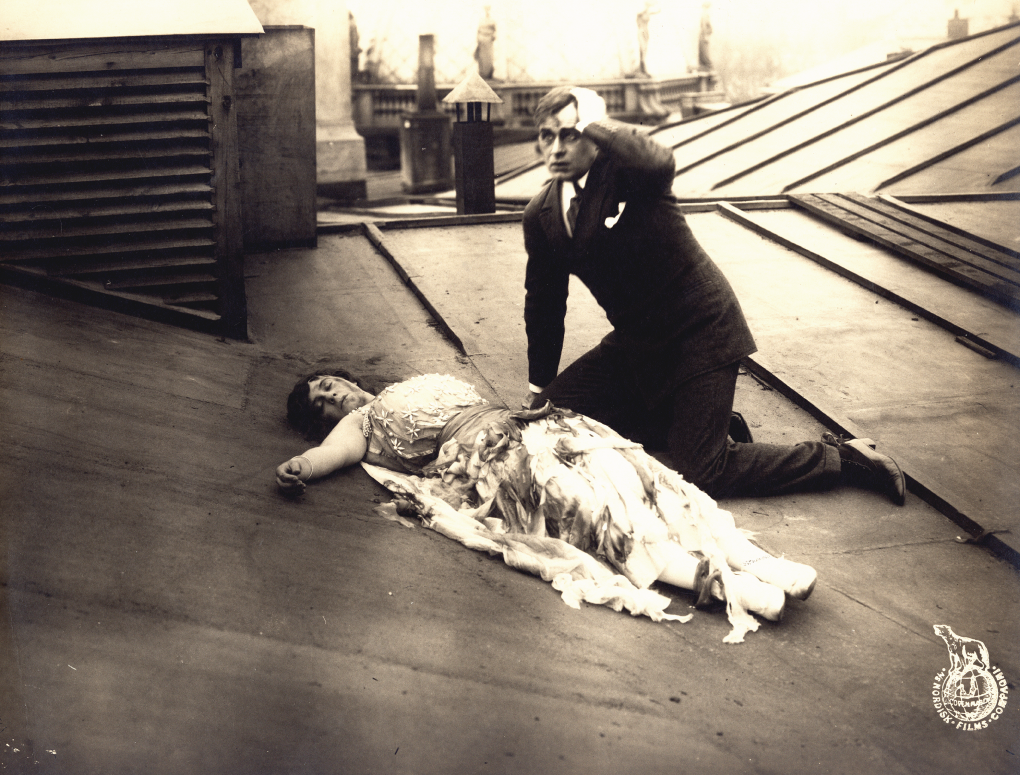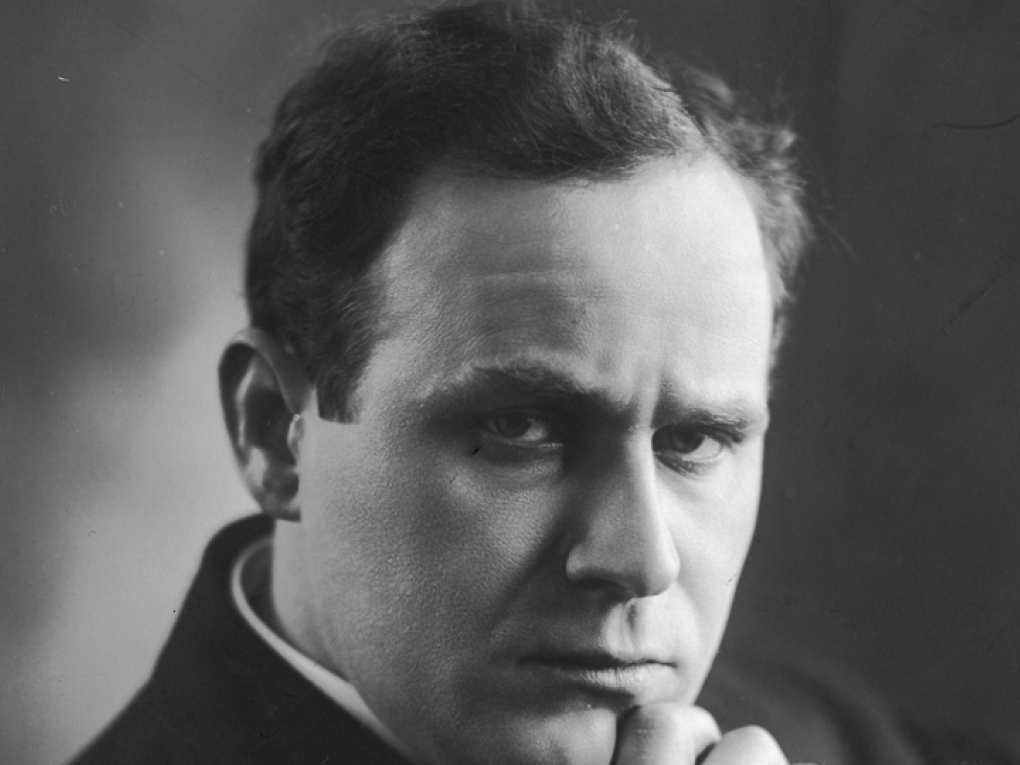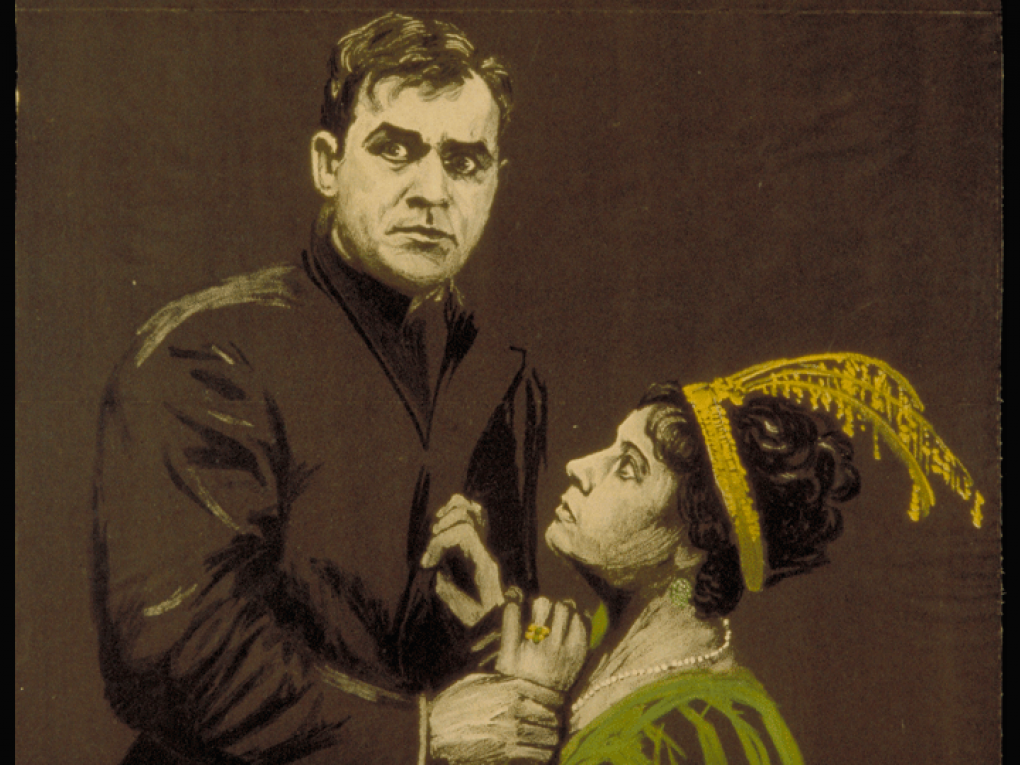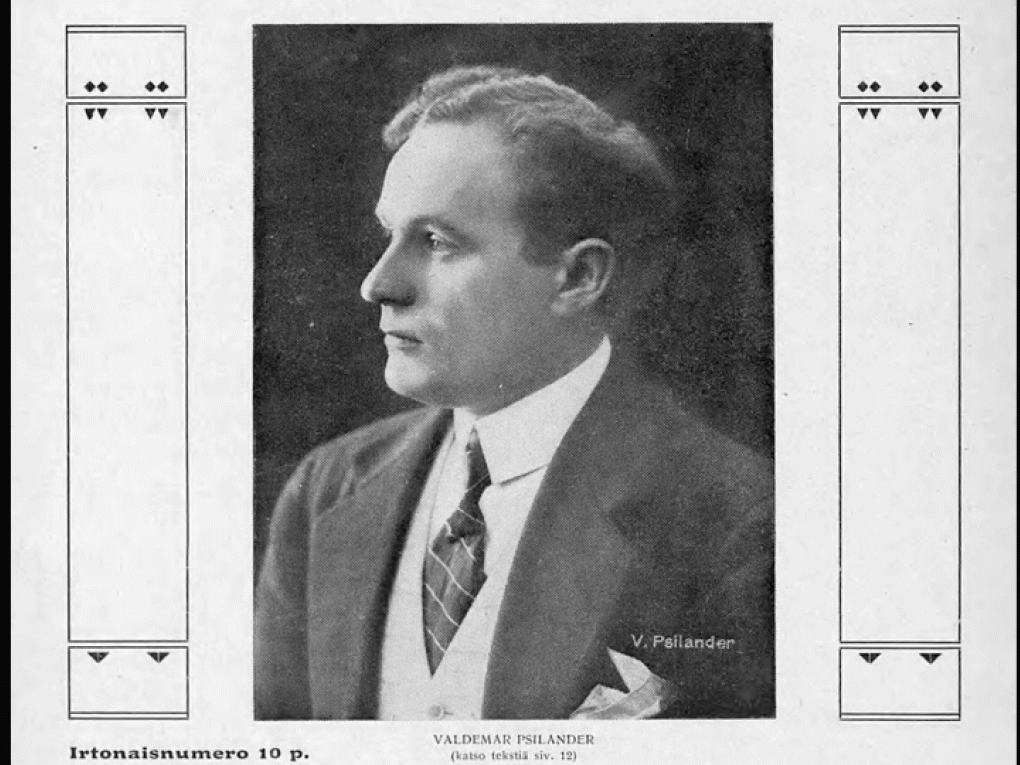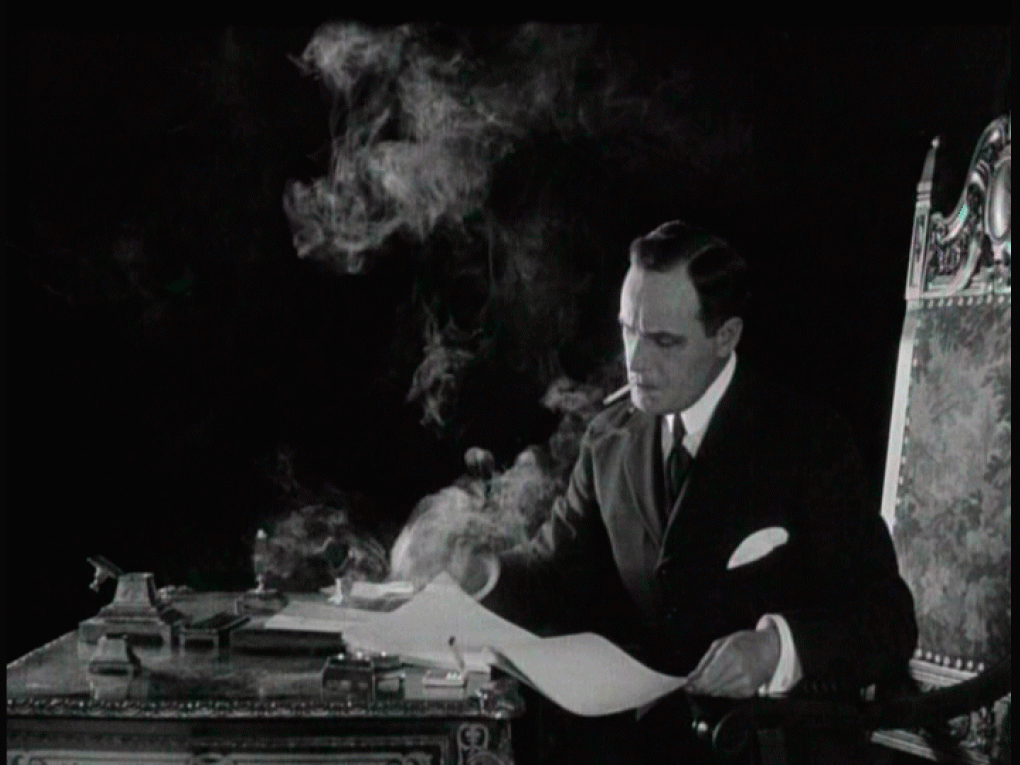We have put an international team of researchers to work tracking Psilander’s global career from Copenhagen to Russia, via Helsinki in Finland to Rio de Janeiro. We also detail how scripts were tailor-made to serve as vehicles for Psilander; how one may reconstruct a lost film – written by Dreyer, starring Psilander – on the basis of archival material, and what Psilander meant to the budding star system of the era. Finally, we delve into the mystery and mythology surrounding Psilander’s death: aged only 32, at the peak of his career, he was found dead in his hotel room on 6 March 1917.
Lisbeth Richter Larsen introduces the theme issue with an article on Psilander’s position as Nordisk Film’s leading man.
From Copenhagen we travel to Rio de Janeiro where the urban elite took to the silent, erotic Danish melodrama, assuming that these northerners simply had to indulge in passionate screen-kisses to keep warm. Rielle Navitsky writes on Psilander in Rio.
Danish is not an easy language to pronounce. In Rio, Psilander was sometimes referred to as ’Wuppschlander’. To Russian movie-goers, he became known as ’Garrison’. Lauri Piispa analyses Psilander’s Russian career.
In a novel by the Nestor of Danish journalism, Viggo Cavling, Psilander is satirized under the alias of ‘Drulander’. The novel, Lydia, was turned into a screenplay by the young Carl Th. Dreyer and the resulting film starred Valdemar Psilander. The film, however, has not survived. Based on a study of contextual material, Casper Tybjerg reconstructs the film.
Contextual material, cinema ads especially, also provides the basis for Outi Hupaniitu’s study of Psilander’s role in early Finnish film culture.
In her article, Hupaniitu discusses the emerging star system of the early 1910s. Another prerequisite for international stardom was tailor-made scripts. Stephan Michael Schröder examines how Psilander-vehicles were a trademark of Nordisk Film.
